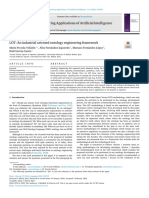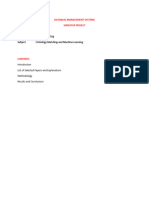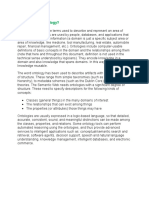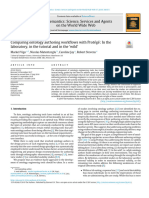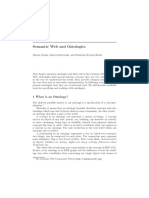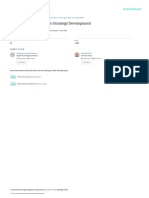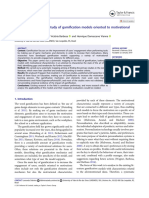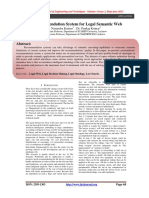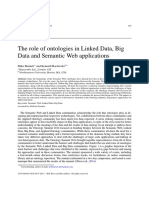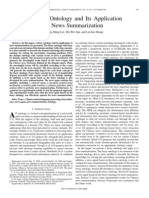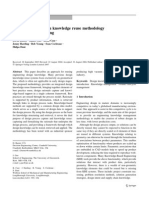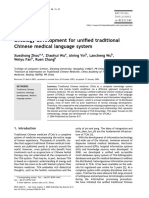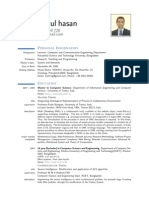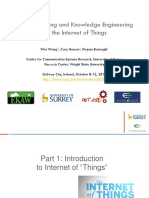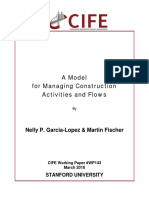0% found this document useful (0 votes)
135 views8 pagesCollaborative Notes
The document summarizes discussions from a conference on ontology validation, drafting, and management, featuring various tools and methodologies such as Themis for ontology verification, PURO for ontology drafting, and OTTR for automating ontology templates. It also addresses challenges in enterprise knowledge graphs, ontology development in BASF, and the importance of visual representation in material science. Key takeaways include industry interest in ontology search, change management, and visualization needs.
Uploaded by
maha maalejCopyright
© © All Rights Reserved
We take content rights seriously. If you suspect this is your content, claim it here.
Available Formats
Download as PDF, TXT or read online on Scribd
0% found this document useful (0 votes)
135 views8 pagesCollaborative Notes
The document summarizes discussions from a conference on ontology validation, drafting, and management, featuring various tools and methodologies such as Themis for ontology verification, PURO for ontology drafting, and OTTR for automating ontology templates. It also addresses challenges in enterprise knowledge graphs, ontology development in BASF, and the importance of visual representation in material science. Key takeaways include industry interest in ontology search, change management, and visualization needs.
Uploaded by
maha maalejCopyright
© © All Rights Reserved
We take content rights seriously. If you suspect this is your content, claim it here.
Available Formats
Download as PDF, TXT or read online on Scribd
/ 8










